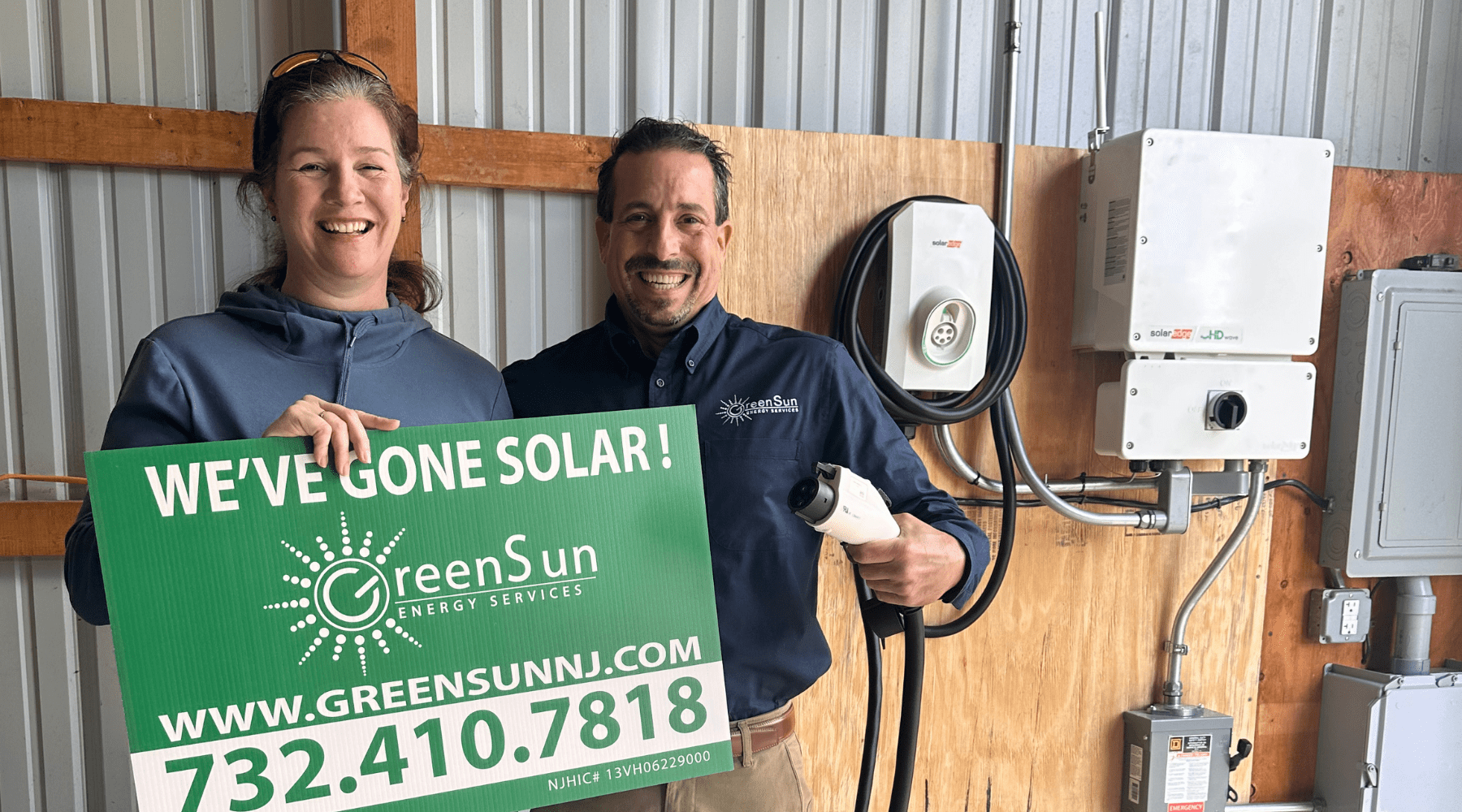Solar Payment Options for New Jersey Homeowners
Power your home with confidence using flexible solar payment options designed to suit your budget and energy goals. From outright purchases to leases and power purchase agreements (PPAs), there are financing solutions tailored to meet every homeowner’s needs. Whether you're looking to maximize long-term savings or reduce upfront costs, these options allow you to enjoy the benefits of solar energy without compromise. Learn how we can help you achieve energy independence and lower monthly expenses.
SolarBase: Cash Purchase
- When you buy your solar system outright, the electricity is free. You can also benefit from tax credits, SREC income, and potentially increase your home's resale value.
- System ownership with 30% Federal tax credit and SRECs.
- You pay 70% of the system cost with deferred payment on the balance.
- Tier-1 products from REC, Enphase and Iron Ridge.
- Includes critter guard and whole house surge protection.
- 10 to 25-year roof leak and workmanship warranty.
- 10 to 25-year money back production guarantee.
- Best for homeowners seeking long-term savings, who can use the 30% tax credit and plan to stay in their home for 7+ years.
SolarBase: Solar Loan
- A solar loan offers lower interest rates and flexible terms, letting you own your system, enjoy tax credits, earn SREC income, and access free electricity—with affordable monthly payments.
- System ownership with 30% Federal tax credit and SRECs.
- $99 down, 5 to 25-year, 2.99-6.99% fixed rate financing for qualified homeowners.
- Tier-1 products from REC, Enphase and Iron Ridge.
- Includes critter guard and whole house surge protection.
- 10 to 25-year roof leak and workmanship warranty.
- 10 to 25-year money back production guarantee.
- Perfect for homeowners seeking long-term savings, who can utilize the 30% federal tax credit and plan to stay in their home for 10+ years.
LeaseBase: Solar Lease / PPA
- A third party covers the installation costs, and you pay a lower rate than your current utility bill for the electricity generated. These plans typically include a 0-2.99% annual rate increase.
- The third-party system owner receives the 30% Federal tax credit, or SRECs.
- $0 down, 25-year Lease with 0-2.99% annual price escalators available.
- Tier-1 products from Jinko, Enphase and IronRidge.
- Optional critter guard and whole house surge protection.
- 10-year roof leak and 25-year workmanship warranty.
- 25-year money back production guarantee.
- Ideal for homeowners looking to cut electric bills by 15-20%, who can’t use the tax credit, or plan to move in a few years.
Affordable, Reliable Solar—From a Company You Can Trust!
Since 2010, Green Sun Energy Services, LLC has helped homeowners and small businesses take advantage of New Jersey’s solar incentives—reducing or even eliminating their electric bills while protecting against future rate hikes. As a locally owned company, we focus on trust, reliability, and exceptional customer support. With flexible financing, expert installation, and industry-leading warranties, we make adopting solar energy simple, affordable, and stress-free.

Continue Learning About Solar
Explore more about solar incentives, including federal and state tax credits, SREC-II income, and net metering, as well as insights into custom system design, flexible financing options, and our streamlined installation process. Gain the knowledge you need to make an informed decision about transitioning to clean and affordable solar energy.


